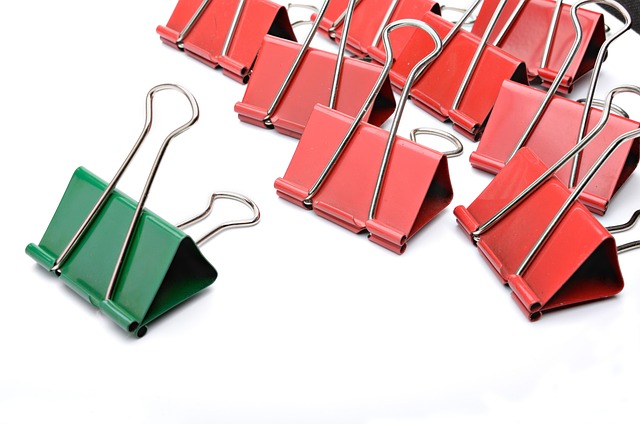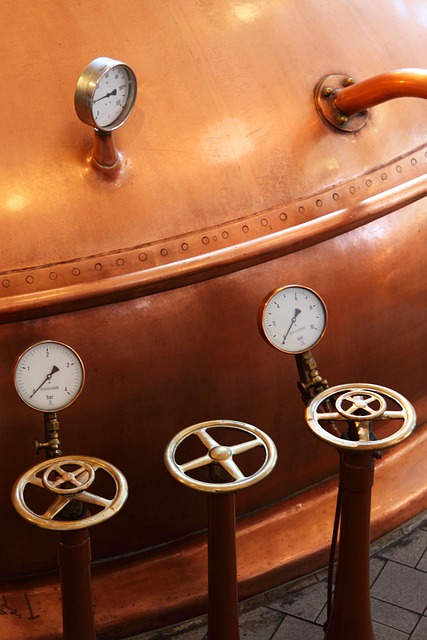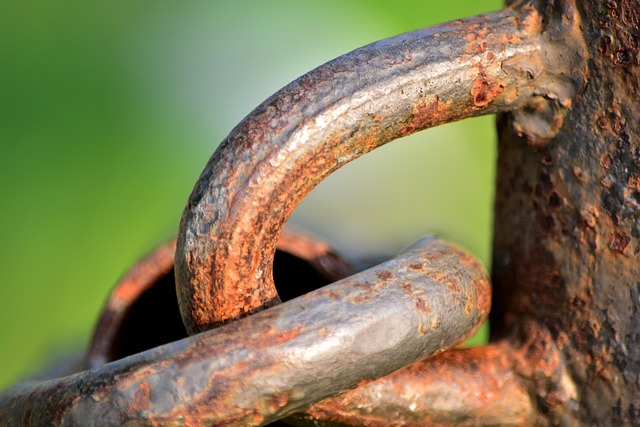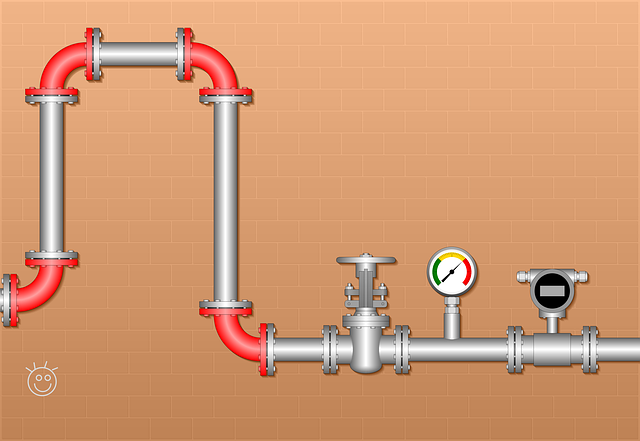Hazmat fire drills utilize hazmat dome simulation props to train responders on handling hazardous materials incidents safely and efficiently. These props replicate confined spaces, improving personnel skills, coordination, and communication. Meticulously designed with locking mechanisms, seals, ventilation systems, lighting, and sound effects, they offer a realistic training experience. Regular maintenance ensures their effectiveness, making them crucial for ongoing hazmat training initiatives.
In the realm of hazardous materials (HazMat) response training, effective drills are paramount. The Lid Tight Simulator Prop offers a revolutionary approach to HazMat fire drill preparation, enhancing realism and critical thinking skills. This innovative concept, designed as a portable hazmat dome simulation prop, allows trainees to experience high-stakes scenarios safely. By mimicking hazardous substance containment, the prop fosters practical learning and readiness for real-world emergencies.
- Understanding Hazmat Fire Drills and Their Importance
- The Concept of Lid Tight Simulator Props
- Design and Construction Considerations for Effective Simulation
- Benefits and Implementation Strategies in Real-World Training Scenarios
Understanding Hazmat Fire Drills and Their Importance

Hazmat fire drills are crucial exercises designed to prepare emergency responders and facilities for hazardous material incidents. These simulations test the readiness of teams specialized in hazardous materials (hazmat) response, ensuring they can quickly and safely manage potential disasters involving toxic substances, explosives, or radioactive materials. The effectiveness of these drills lies in their ability to mimic real-world scenarios, allowing personnel to practice specialized techniques and protocols while wearing protective gear, such as self-contained breathing apparatuses (SCBAs).
The use of a lid tight simulator prop, like a hazmat dome simulation prop, plays a vital role in enhancing the realism and educational value of these drills. These props replicate confined spaces or hazardous areas, enabling trainees to experience the challenges of working within limited visibility and restricted movement. By practicing under controlled conditions, emergency responders can improve their skills, coordination, and communication, ultimately leading to faster and more efficient response times during actual hazmat incidents.
The Concept of Lid Tight Simulator Props

The concept of a lid tight simulator prop for hazmat fire drills is an innovative approach to enhancing emergency response training. This specialized piece of equipment is designed to mimic the conditions inside a hazardous materials (hazmat) container, specifically focusing on the challenge of securing and sealing these containers tightly during an emergency evacuation. In the world of hazmat dome simulation props, this realistic replica serves as a game-changer for first responders, allowing them to practice opening, closing, and sealing simulated containers under pressure, replicating scenarios that could occur in real-world hazardous material incidents.
These simulator props are meticulously crafted to be an exact replica of standard hazmat containers, complete with all the necessary features like locking mechanisms, seals, and vents. The primary objective is to enable firefighters and emergency personnel to experience firsthand the complexities of working with these containers, especially when time is of the essence during a crisis. By training in such realistic conditions, first responders can improve their skills, coordination, and decision-making abilities, ensuring they are well-prepared to handle actual hazmat incidents efficiently and safely.
Design and Construction Considerations for Effective Simulation
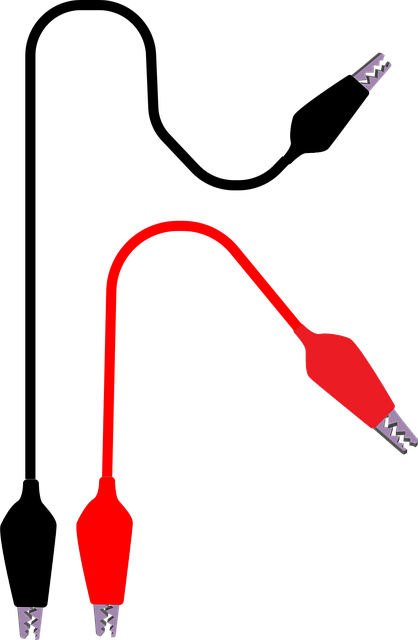
When designing and constructing a hazmat dome simulation prop for fire drills, attention to detail is paramount. The structure should closely mimic real hazardous material storage domes, down to dimensions, materials, and ventilation systems. Using durable, non-toxic materials ensures safety during training exercises while allowing for realistic scenarios. Incorporating features like sealed doors, vents with controllable airflow, and a central monitoring system enables precise simulation of various hazardous conditions, enhancing the educational value of drills.
Effective hazmat dome simulation prop construction also involves integrating lighting and sound effects to create an immersive environment. Well-placed LED lights can simulate emergency lighting, while speakers can replicate alarm sounds or even the hiss of toxic gases. These sensory elements heighten the realism, encouraging participants to respond as they would in a genuine hazardous situation. Regular maintenance and updates based on industry standards ensure the prop remains effective and up-to-date over time.
Benefits and Implementation Strategies in Real-World Training Scenarios
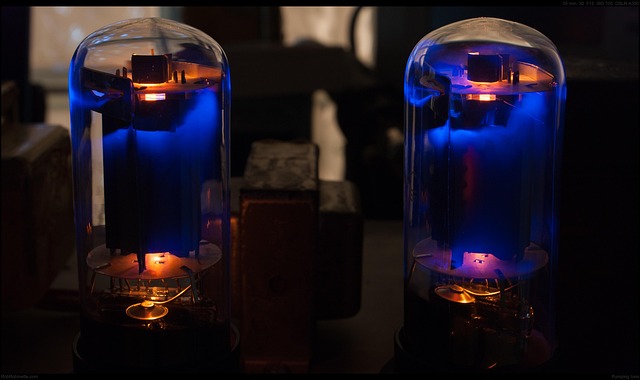
The hazmat dome simulation prop offers numerous benefits for fire drills and training scenarios, particularly in hazardous material response. By recreating a confined space with potential risks, it allows firefighters to practice specialized techniques and procedures without endangering real personnel or facilities. This immersive training enhances their preparedness, decision-making skills, and overall confidence when facing actual hazmat incidents.
Implementing these simulation props requires careful planning and consideration of various factors. Realistic design and construction are crucial for effective learning outcomes. Incorporate detailed features that mimic the complexities of hazardous material scenarios, such as chemical odors, realistic sound effects, and even controlled releases of simulated toxic substances. Additionally, ensure ease of setup and portability to accommodate different training locations and formats, making it a versatile tool for ongoing hazmat dome simulation prop training initiatives.

